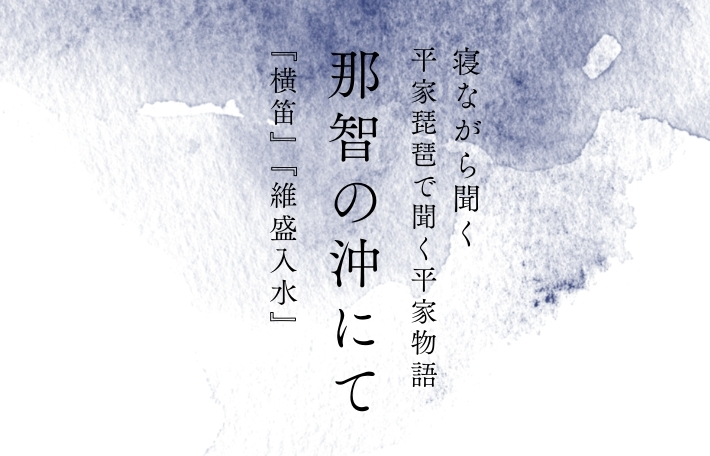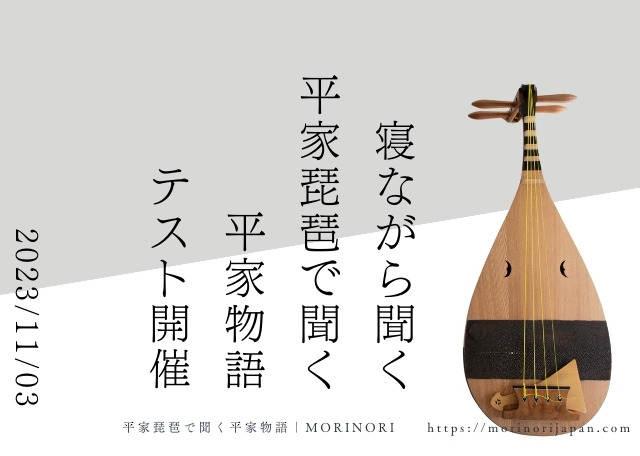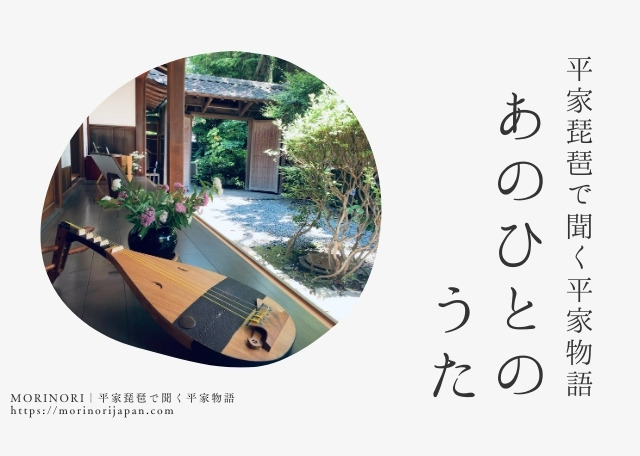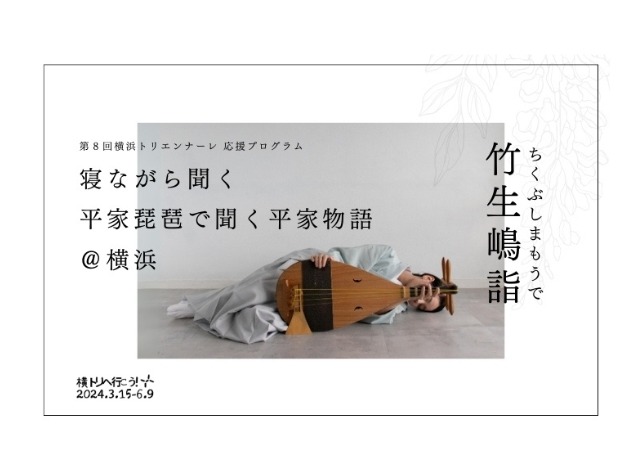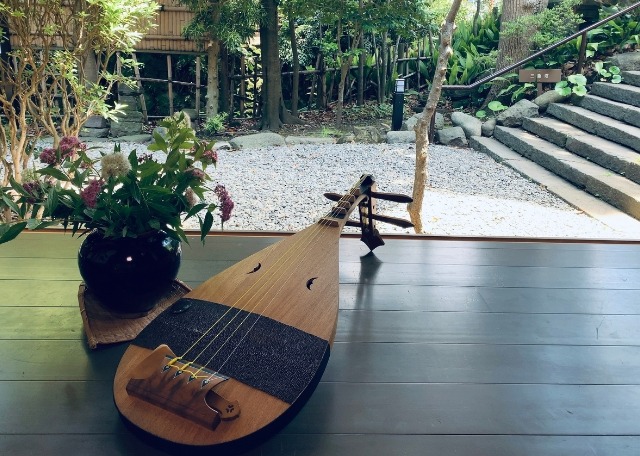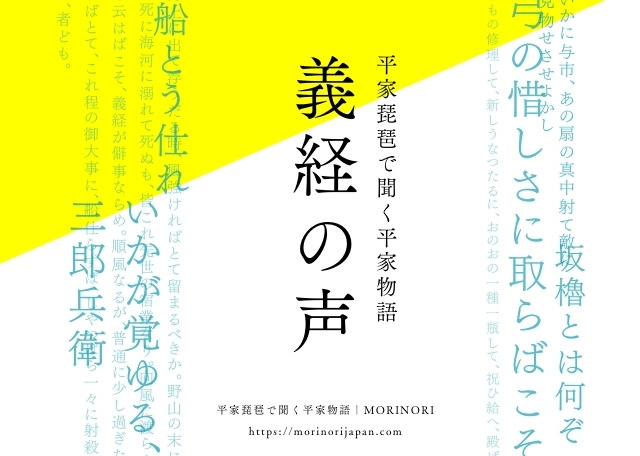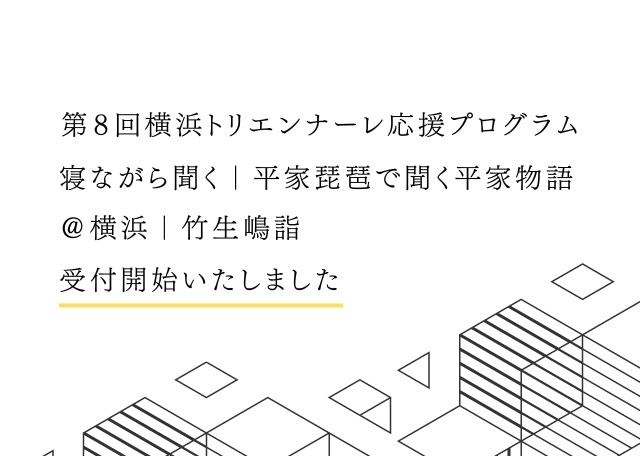目次
Voice Introduction.
Listen to the contents of this page in MORINORI’s voice
*Please note the volume
A new tale will be told in the late summer and fall of 2024. “Off the Coast of Nachi
|The Tale of the Heike Listened to in one’s sleep by Heike biwa”.
In August and September, we will be in Yokohama for the first time in a while. This is a concert of the type where you can listen to it while you sleep. Click here to see the small concert held at this venue in the spring (3rd day).
Support Program for the 8th Yokohama Triennale
The Tale of the Heike Listened to by Heike Biwa @ Yokohama|Chikubushimamoude
https://morinorijapan.com/concerts/yokohama-chikubushimamoude-240517
Off the Coast of Nachi – The Tale of the Heike, listened to in one’s sleep by Heike biwa
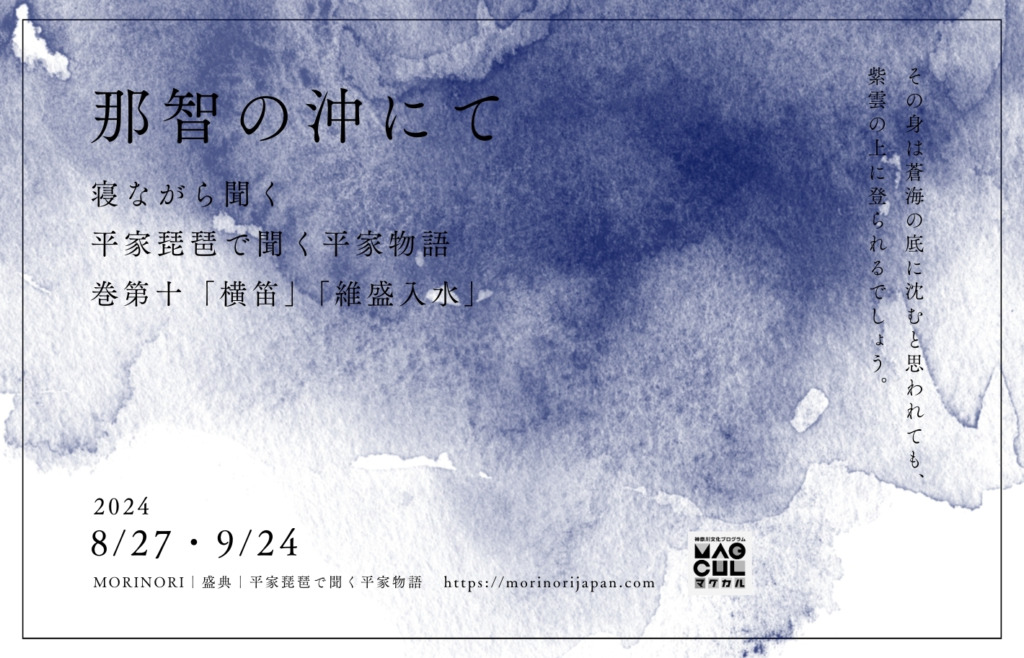
Off the coast of Nachi|The Tale of the Heike Listened to in one’s sleep by Heike biwa
Click here for the feature page
https://morinorijapan.com/nachinookinite2024
About the concert
This is a concert where you can listen to “Nachi no Oki de” while sleeping (lying down). Yoga mats are available at the venue, so please sit or lie down in any posture you like. You may feel drowsy due to the difficult words and sounds, but you are welcome to fall asleep as you are. This is a small concert with a capacity of 6 people.
Off the Coast of Nachi.
Heikyoku (Heike biwa accompaniment to the Tale of the Heike), Volume 10 “Yokobue” and “Koremorijusui” will be narrated. Each story depicts liberation from the suffering of this world and spiritual sublimation. Tokiyori and Yokobue’s story is one of spiritual growth and liberation in the form of ordination, while Koremori, by ending his own life, chooses the path to enlightenment by severing his unresolved feelings for his family and friends.
Outline of the Tale of the Heike, Volume 10, “Yokobue”
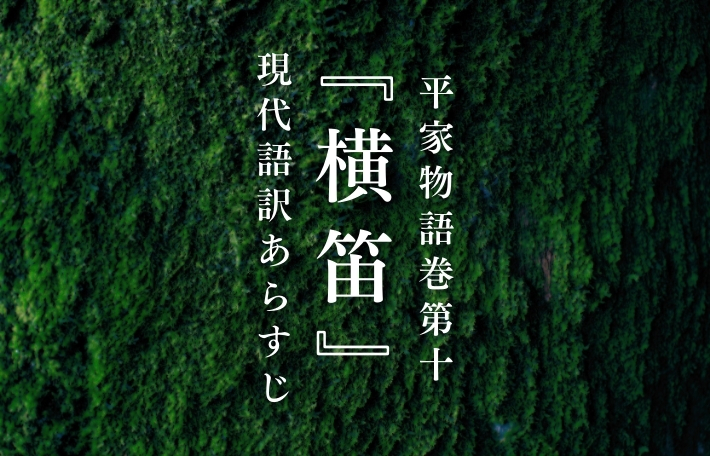
The Tale of the Heike, Vol. 10 “Yokobue” Synopsis
TairanoKoremori, conflicted by his feelings for the family he had left behind in the capital, left Yashima for Koyasan (Mt. Koya). There he meets Takiguchi Irimichi (Saito Takiguchi Tokiyori), a man who had feelings for Yokobue, a woman he once loved, but who had gone on to become a Buddhist monk because of his family’s opposition. This is the story of Takiguchi Irimichi, who was seeing Koremori off at the end of his life, and Yokobue, the woman who inspired him to become a Buddhist.
Complete Synopsis of “Yokobue” translated from the modern language
https://morinorijapan.com/tale-of-the-heike/yokobue-nachinookinite
The Tale of the Heike, Vol. 10, “Koremorijusui” Synopsis
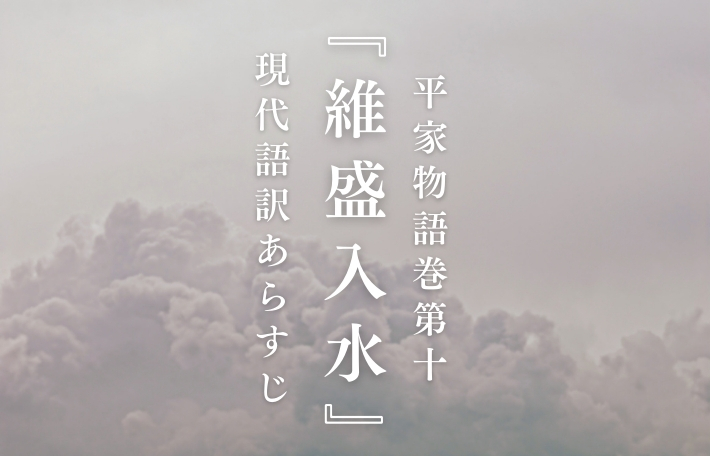
The Tale of the Heike, Vol. 10 “Koremorijusui” Synopsis
TairanoKoremori and his men, after paying homage to the three mountains of Kumano, proceeded to the sea. Takiguchi Koremorijusui, who saw Koremori tormented by his feelings for his family before he entered the water, wiped away his tears and pretended to be normal as he explained to Koremorijusui. The story depicts the final moments of Koremori’s life, in which he breaks away from his regrets and chooses the path of enlightenment.
Koremorijusui Complete Synopsis in Modern Japanese Translation
https://morinorijapan.com/tale-of-the-heike/koremorijusui-nachinookinite
Heikyoku, with its unique style of narration, is a charm of its own.

Heikyoku with its unique narration
The Tale of the Heike is well known for “NasunoYoichi (Yoichi),” “Atsumorigo’s Last Days,” and “The Battle of Dannoura. Therefore, you may have heard various biwa players play the piece with names such as “Ougi no tate,” “Atsumori,” and “Dannoura. The heikyoku I am studying (the tale of the Heike with Heike biwa accompaniment) is based on ink notation prepared in the Edo period (1603-1867).
I apologize if this is due to my lack of knowledge, but to put it simply, Heikyoku, which was passed down orally by blind biwa players, was later written down in ink for various reasons, and then the notation was removed from the ink manuscript, leaving only the text, from which various Heike Monogatari (stories passed down orally) and Yomimono (stories read as written works) were derived.
The sheet music used in performances of Satsuma biwa and Chikuzen biwa is not written in ink, but rather uses sheet music with verses from the Tale of the Heike added by each school or performer, so the words are relatively easy to understand, and the gorgeous performances make it easy to imagine the scenery. On the other hand, Heikyoku, which is recited by reading and interpreting the inked score, is difficult to understand, and the performance of Heike biwa may also be simple and difficult to imagine the scenery. However, I think that there is a unique charm to the “narration” of the various scenes, as the music is played in accordance with the text of the story, including the lamentations of the characters, the hazy scenery, the songs sung in thought of the other party, and the sutras being chanted.
You may not have many opportunities to see Heikyoku or Heike biwa outside of shrines and temples, or research presentations. While showing respect to those who preserve the tradition, I myself hold small concerts and lectures to introduce the appeal of the Tale of the Heike as part of my own learning.
Click here for a list of schedules
https://morinorijapan.com/schedule-list
The pieces “Yokobue” and “Koremorijusui” from the Tenth Volume of the Heike Monogatari (The Tale of the Heike) that will be performed at this concert “Off the Coast of Nachi” may be less well known than “NasunoYoichi” and “Atsumorisaigo”. Koremorijusui is the story of Taira no Koremori drowning himself off the coast of Nachi, while Yokobue is the story of Takiguchi Nyudo, who chants Buddhist prayers as he drowns himself. Both stories depict liberation from the suffering of this world and spiritual sublimation. They are a little long, so you might want to read the synopsis before you come along. Due to time constraints, we won’t be able to perform the whole piece, but we hope to take you as far as we can into the world of the Heike Monogatari.
Concert information is here.
https://morinorijapan.com/nachinookinite2024
Well then, I hope to see you off the coast of Nachi.

